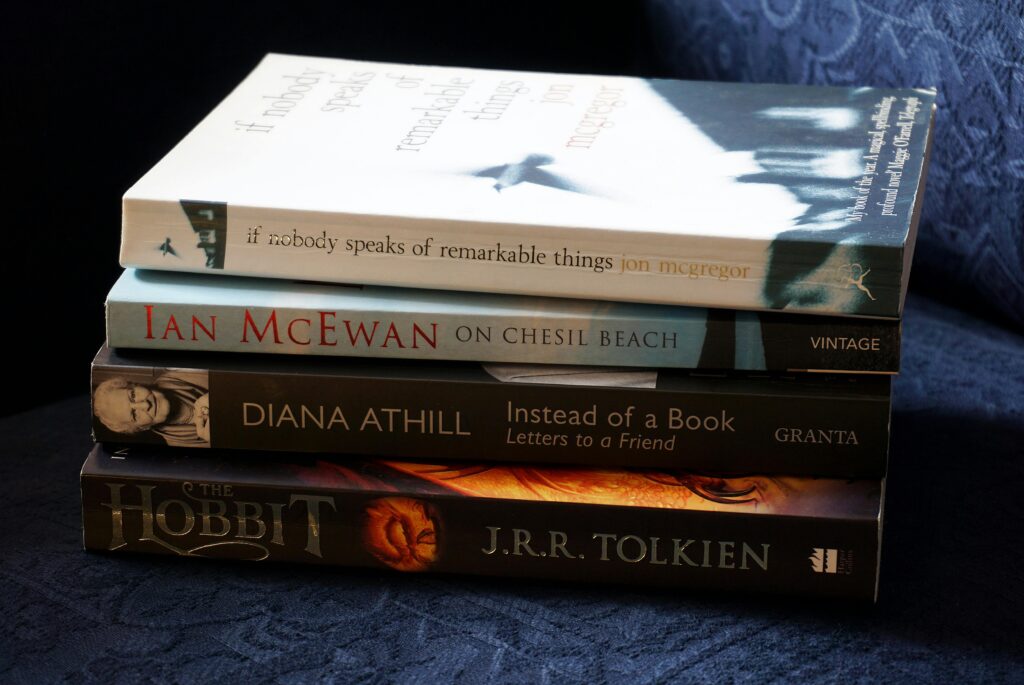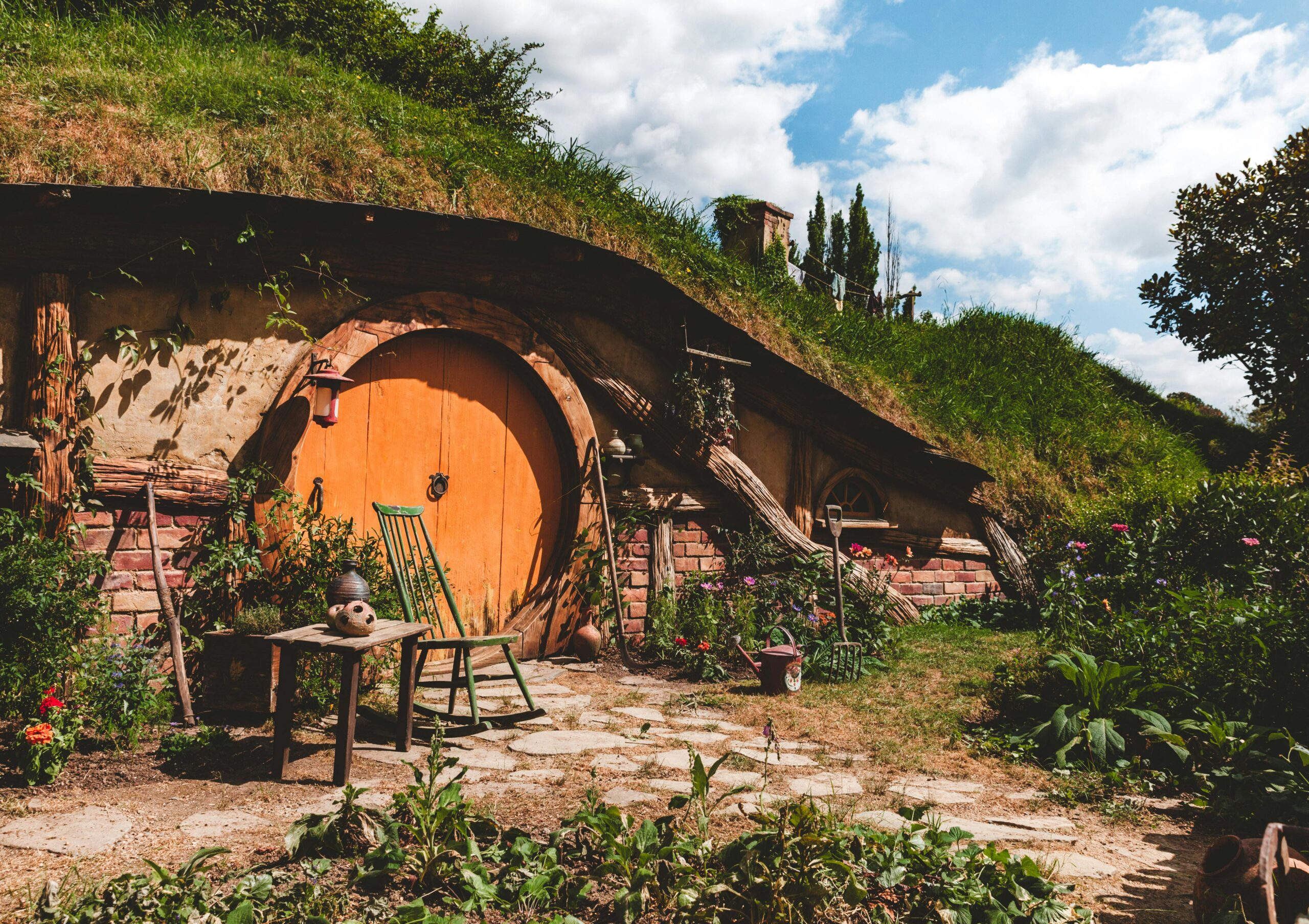J.R.R. Tolkien’s The Hobbit, one of the most beloved fantasy novels of the 20th century, has embarked on a new journey—this time, through the rolling hills and ancient tongue of Scotland. For the first time ever, the classic has been translated into Scottish Gaelic, marking a significant moment for both fans of Tolkien and advocates for minority language preservation.

A Cultural Milestone for Gaelic
Language Meets Legend:
The new Gaelic edition, titled An Hobbit, is more than just a literary translation—it’s a cultural event. Scottish Gaelic, a language spoken by around 60,000 people and classified as endangered, now has a firm foothold in the world of global fantasy literature. The translation opens the door for younger generations of Gaelic speakers to engage with Tolkien’s world in their native tongue, potentially boosting interest in both the language and the literary canon.
Translation Challenges and Triumphs:
Bringing Tolkien’s intricate world into Gaelic was no small feat. Translator and Gaelic scholar Dr. Iain MacDhòmhnaill reportedly spent years navigating the linguistic hurdles—adapting everything from Hobbiton placenames to Smaug’s riddling dialogue. Tolkien’s prose, rich with Old English rhythms and Nordic mythology, required not only linguistic dexterity but cultural sensitivity.
Tolkien’s Own Linguistic Fascination
Tolkien himself was a philologist who taught Anglo-Saxon at Oxford and was deeply inspired by ancient and endangered languages. He invented entire Elvish languages and mythologies inspired by Finnish, Welsh, and Old Norse. The Gaelic translation would likely have thrilled him, given his admiration for the musicality and mythic resonance of the Celtic languages.

Gaelic Literature Enters the Mainstream
A Boost for Minority Languages:
The translation of The Hobbit is part of a broader trend to make classic and popular literature available in minority languages. Recent years have seen Gaelic versions of Harry Potter, Alice in Wonderland, and Winnie the Pooh. These efforts are aimed at language revitalization, especially among young speakers.
Government and Institutional Support:
This translation may have been supported by cultural funding bodies such as Bòrd na Gàidhlig or Creative Scotland, who promote language initiatives. The move aligns with national policies to increase Gaelic visibility in education, media, and public life.
What’s Next?
If The Hobbit finds success with Gaelic readers, there’s already speculation that The Lord of the Rings trilogy might be next in line for translation—a considerably larger project, but one that would further embed Gaelic into mainstream fantasy literature.

Frequently Asked Questions
Q: Why is this translation important?
A: It promotes Scottish Gaelic literacy and cultural pride, while also expanding access to global literature for Gaelic speakers.
Q: Who translated the book into Gaelic?
A: While specifics may vary, such translations are typically carried out by academic experts or published by presses specializing in Celtic languages.
Q: Is this the first Tolkien book translated into a minority language?
A: No—The Hobbit has been translated into over 70 languages, including Welsh and Breton. But this is the first time it appears in Scottish Gaelic.
Q: Will the translation stay true to Tolkien’s invented names and languages?
A: The translation aims to retain the spirit and meaning of Tolkien’s names, often with Gaelic equivalents that capture the original tone or meaning.
Q: Where can I buy the Gaelic version of The Hobbit?
A: It’s likely available through Gaelic-focused bookstores, online retailers, or directly from the publisher’s website.
Q: Will this help Gaelic survive?
A: While a single book can’t save a language, it adds visibility, relevance, and modern appeal—especially for young or new speakers.
Q: Has The Lord of the Rings been translated into Gaelic?
A: Not yet—but the success of The Hobbit may influence future decisions.
Sources BBC


